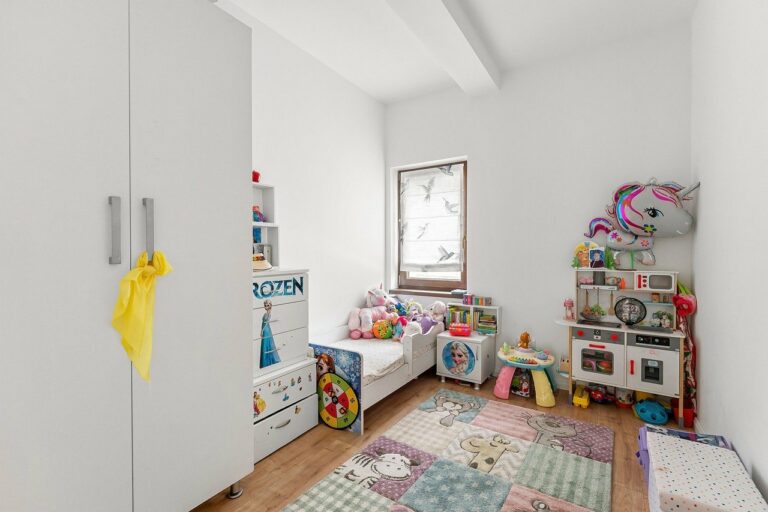Designing Accessible Homes: Making Spaces Inclusive for All Abilities
Accessibility in home design is crucial for ensuring that all individuals can navigate and utilize the space comfortably and safely. By incorporating universal design principles, homes can be made accessible to people of all ages and abilities, promoting inclusivity and independence. From wider doorways and open floor plans to lever-style door handles and zero-step entries, thoughtful design choices can make a significant difference in enhancing accessibility within a home.
Creating a home that is accessible not only benefits those with mobility impairments but also provides added convenience and comfort for all occupants. Whether it’s installing grab bars in bathrooms, lowering countertop heights for easier reach, or ensuring that light switches and outlets are easily accessible, attention to accessibility details can make a home more functional and welcoming for everyone. By prioritizing accessibility in home design, homeowners can future-proof their living spaces and promote a more inclusive environment for all who enter.
• Wider doorways and open floor plans enhance accessibility
• Lever-style door handles and zero-step entries make navigation easier
• Installing grab bars in bathrooms adds convenience for all occupants
• Lowering countertop heights ensures easier reach for everyone
• Attention to detail with light switches and outlets improves functionality
Incorporating Universal Design Principles in Home Architecture
When designing homes with universal design principles in mind, architects prioritize creating spaces that are accessible to individuals of all ages and abilities. This approach focuses on incorporating features that enhance mobility and convenience, such as wider doorways, grab bars in bathrooms, and lever-style door handles that are easier to operate for those with limited dexterity. By including these elements in the architectural plans from the outset, homeowners can enjoy a comfortable and functional living environment that can adapt to their changing needs over time.
Furthermore, universal design principles also emphasize incorporating elements that promote safety and independence within the home. This can include non-slip flooring, well-lit spaces, and strategically placed light switches and outlets for easy reach. By integrating these considerations into the design process, architects can create homes that not only look aesthetically pleasing but also serve to enhance the quality of life for all occupants, regardless of their physical capabilities.
Creating Barrier-Free Spaces for Mobility Impaired Individuals
Individuals with mobility impairments face unique challenges in navigating built environments, especially within the confines of their own homes. By implementing thoughtful design strategies, it is possible to create living spaces that are not only functional but also inclusive. For instance, incorporating wide doorways, ample floor space, and lever-style handles can greatly enhance accessibility within the home. These modifications not only benefit individuals with mobility impairments but also contribute to the overall comfort and usability of the living space for all occupants.
In addition to physical modifications, careful attention must be paid to the layout and placement of furniture and fixtures within the home. By ensuring that pathways are clear and free from obstacles, individuals with mobility impairments can move around with greater ease and independence. Furthermore, installing grab bars in strategic locations, such as bathrooms and hallways, can provide added support and stability for those with mobility challenges. Overall, creating barrier-free spaces requires a holistic approach that combines architectural features, interior design elements, and a deep understanding of the specific needs of individuals with mobility impairments.
Why is accessibility in home design important for mobility impaired individuals?
Accessibility in home design is important for mobility impaired individuals as it allows them to move around independently and perform daily tasks with ease. It also promotes inclusivity and improves quality of life.
What are some universal design principles that can be incorporated in home architecture?
Some universal design principles include creating wide doorways and hallways, installing grab bars in bathrooms, using slip-resistant flooring, and providing ramps or lifts for stairs.
How can barrier-free spaces be created for mobility impaired individuals?
Barrier-free spaces for mobility impaired individuals can be created by eliminating steps or stairs, installing lever door handles, using adjustable height countertops, and ensuring there are no obstacles blocking pathways.
Are there any financial assistance programs available for making homes more accessible?
Yes, there are financial assistance programs available such as grants, loans, and tax credits that can help fund home modifications to make them more accessible for mobility impaired individuals.
How can individuals assess the accessibility of their current living space?
Individuals can assess the accessibility of their current living space by identifying areas that may be difficult to navigate with mobility aids, such as wheelchairs or walkers, and making necessary modifications to improve accessibility.







